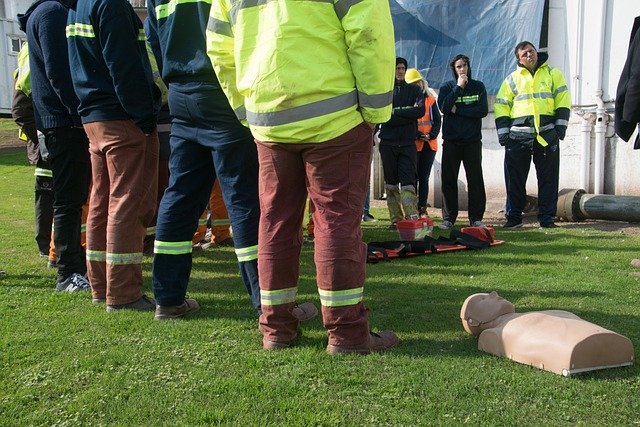Practical On-Water Skills Exams: What Assessors Evaluate
Assessors evaluate a candidate’s practical abilities on the water, focusing on safe handling, navigational judgment, and regulatory compliance. This article outlines typical assessment areas, what examiners look for during on-water skills exams, and how training and renewal expectations relate to certification.

Practical on-water skills exams test a candidate’s ability to operate a vessel safely and responsibly under real conditions. Examiners observe decision-making, boat handling, communication, and adherence to local regulations while also checking charts and basic maintenance knowledge. Understanding what assessors evaluate helps candidates focus their training and prepares them for certification and eventual renewal requirements.
Navigation and charts: what assessors check
Assessors expect competent use of navigation tools and charts. During exams they look for accurate plotting, route planning that accounts for hazards and tides, and the correct interpretation of buoys, markers, and electronic displays. Practical skills include setting a compass course, using waypoints, and demonstrating situational awareness if GPS fails. Good navigational practice integrates chart work with piloting decisions to avoid shoals and traffic and to maintain a safe and efficient track.
How is seamanship assessed?
Seamanship assessments focus on fundamental boat-handling skills and crew management. Examiners observe line handling, anchoring technique, docking and undocking maneuvers, and trimming for stability. Attention to deck safety, proper use of fenders, and coordinated actions with crew are important. Assessors also evaluate judgment under changing conditions—when to reduce speed, adjust trim, or alter course—to demonstrate responsible seamanship and protect vessel and people on board.
Safety and emergency procedures
Safety evaluation covers both preventative measures and emergency responses. Candidates should demonstrate lifejacket use, fire-fighting equipment location and basic operation, man-overboard recovery drills, and casualty management. Examiners look for clear communication, calm leadership, and prioritized actions during simulated emergencies. Knowledge of on-board safety checks, maintenance of safety gear, and routine safety briefings for passengers also count toward a passing assessment.
Regulations and certification expectations
Assessors verify knowledge of applicable local regulations and how they affect day-to-day operations. This includes right-of-way rules, speed restrictions, environmental protection measures, and reporting obligations for incidents. Understanding the scope of one’s certification—what vessel types and conditions it covers—is important. Examiners may ask about required documentation, markings, and legal responsibilities to ensure candidates can operate within regulatory frameworks.
Piloting, communications and vessel handling
Piloting tests practical control in tight situations and traffic. Examiners observe close-quarters maneuvering, turning in confined areas, and handling in varying wind and current. Effective communications—using VHF radio protocols, sound signals, and clear commands to crew—are part of the evaluation. Assessors value concise, correct radio calls and use of standard phrases, as well as the ability to coordinate with harbormasters, marinas, and other vessels when necessary.
Training, exams and renewal expectations
Assessors expect recent, relevant training and familiarity with exam procedures. Candidates should demonstrate competencies required for certification and be prepared for periodic renewal assessments, which often emphasize currency in skills rather than re-teaching basics. Training that includes scenario-based sessions, supervised on-water practice, and refreshers on charts, maintenance, and communications helps retain proficiency. Renewal requirements vary by jurisdiction, so candidates should review local rules for continuing certification compliance.
Practical on-water exams combine technical tasks and observable judgment. Successful candidates show consistent seamanship, clear communications, reliable piloting, and an understanding of navigation, charts, safety equipment, and regulations. Regular training, hands-on practice, and staying current with local certification and renewal rules help ensure competence and confidence during assessment.






